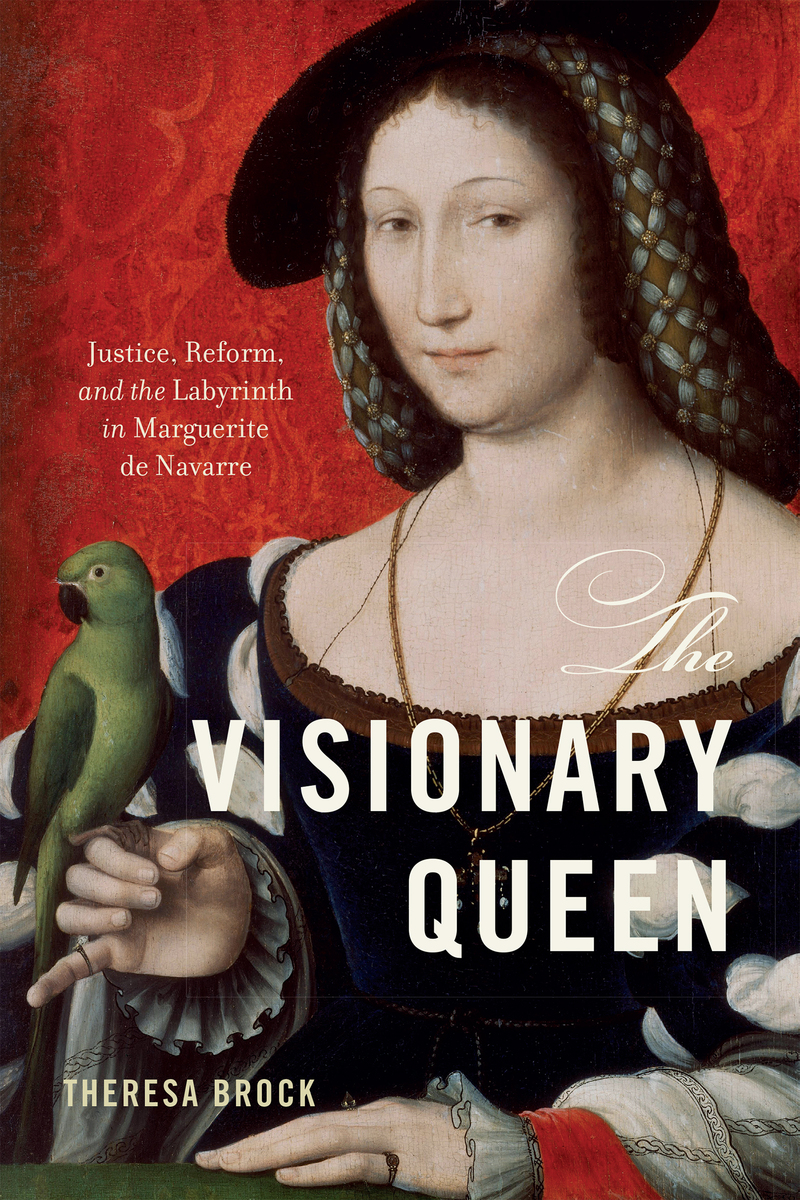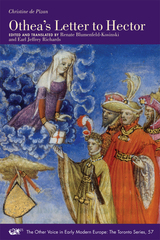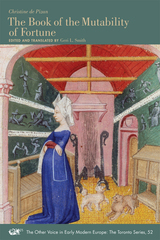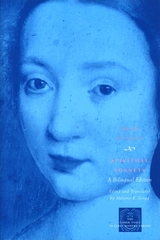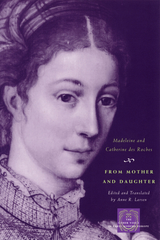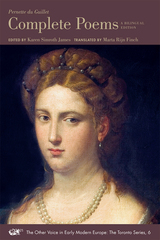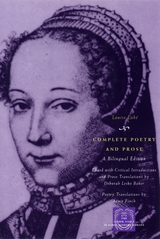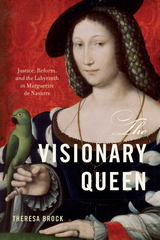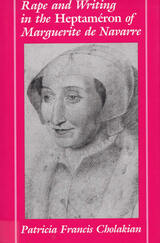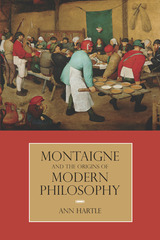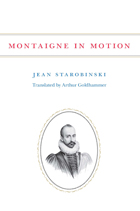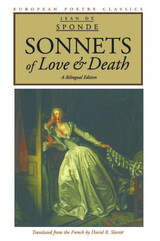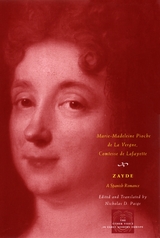The Visionary Queen: Justice, Reform, and the Labyrinth in Marguerite de Navarre
University of Delaware Press, 2024
Paper: 978-1-64453-308-6 | Cloth: 978-1-64453-327-7 | eISBN: 978-1-64453-309-3
Library of Congress Classification PQ1631.H4B75 2024
Dewey Decimal Classification 843.3
Paper: 978-1-64453-308-6 | Cloth: 978-1-64453-327-7 | eISBN: 978-1-64453-309-3
Library of Congress Classification PQ1631.H4B75 2024
Dewey Decimal Classification 843.3
ABOUT THIS BOOK | AUTHOR BIOGRAPHY | TOC
ABOUT THIS BOOK
The Visionary Queen affirms Marguerite de Navarre’s status not only as a political figure, author, or proponent of nonschismatic reform but also as a visionary. In her life and writings, the queen of Navarre dissected the injustices that her society and its institutions perpetuated against women. We also see evidence that she used her literary texts, especially the Heptaméron, as an exploratory space in which to generate a creative vision for institutional reform. The Heptaméron’s approach to reform emerges from statistical analysis of the text’s seventy-two tales, which reveals new insights into trends within the work, including the different categories of wrongdoing by male, institutional representatives from the Church and aristocracy, as well as the varying responses to injustice that characters in the tales employ as they pursue reform. Throughout its chapters, The Visionary Queen foregrounds the trope of the labyrinth, a potent symbol in early modern Europe that encapsulated both the fallen world and redemption, two themes that underlie Marguerite's project of reform.
See other books on: Feminist | French literature | Justice | Reform | Sexuality & Gender Studies
See other titles from University of Delaware Press
